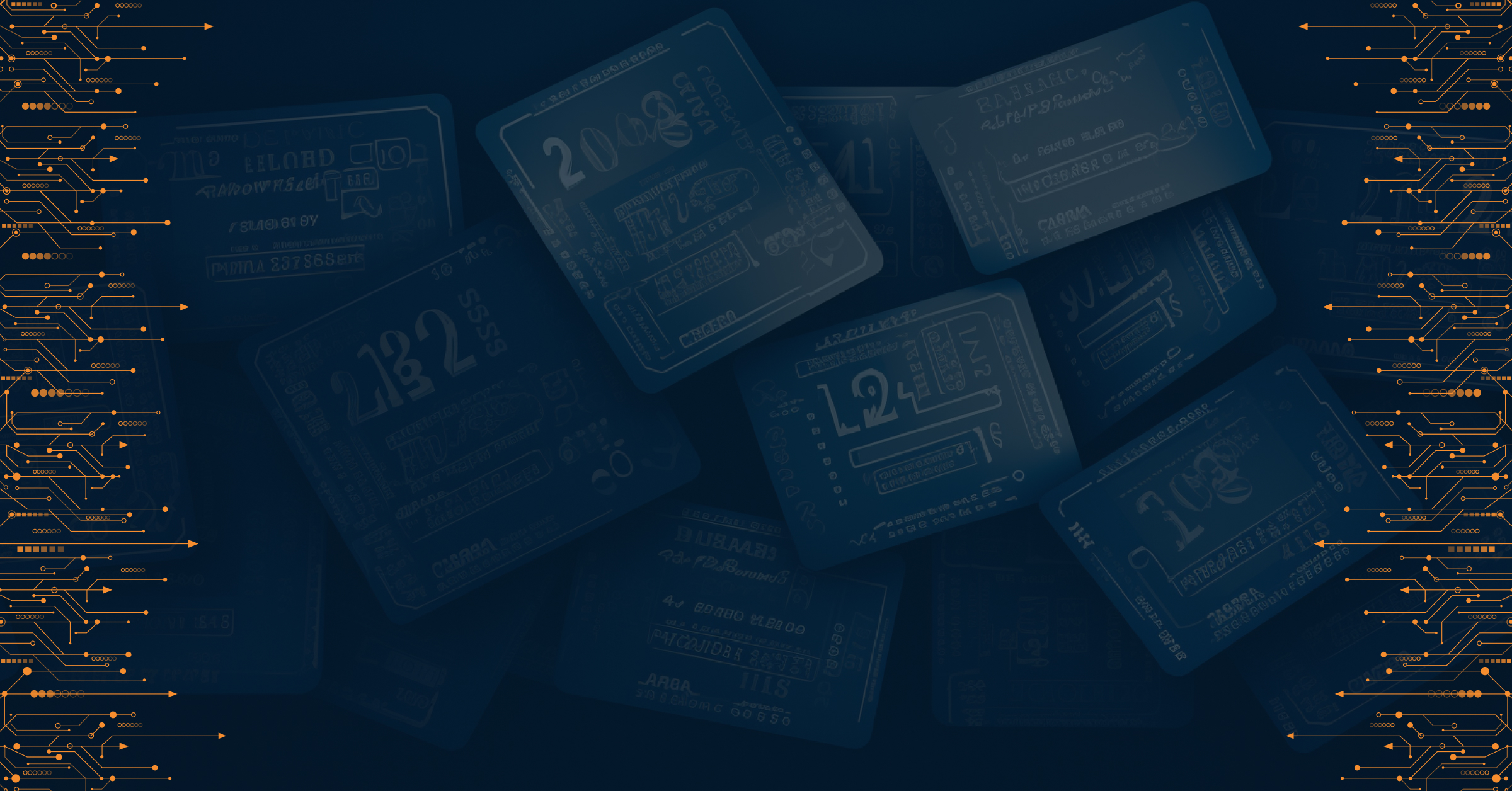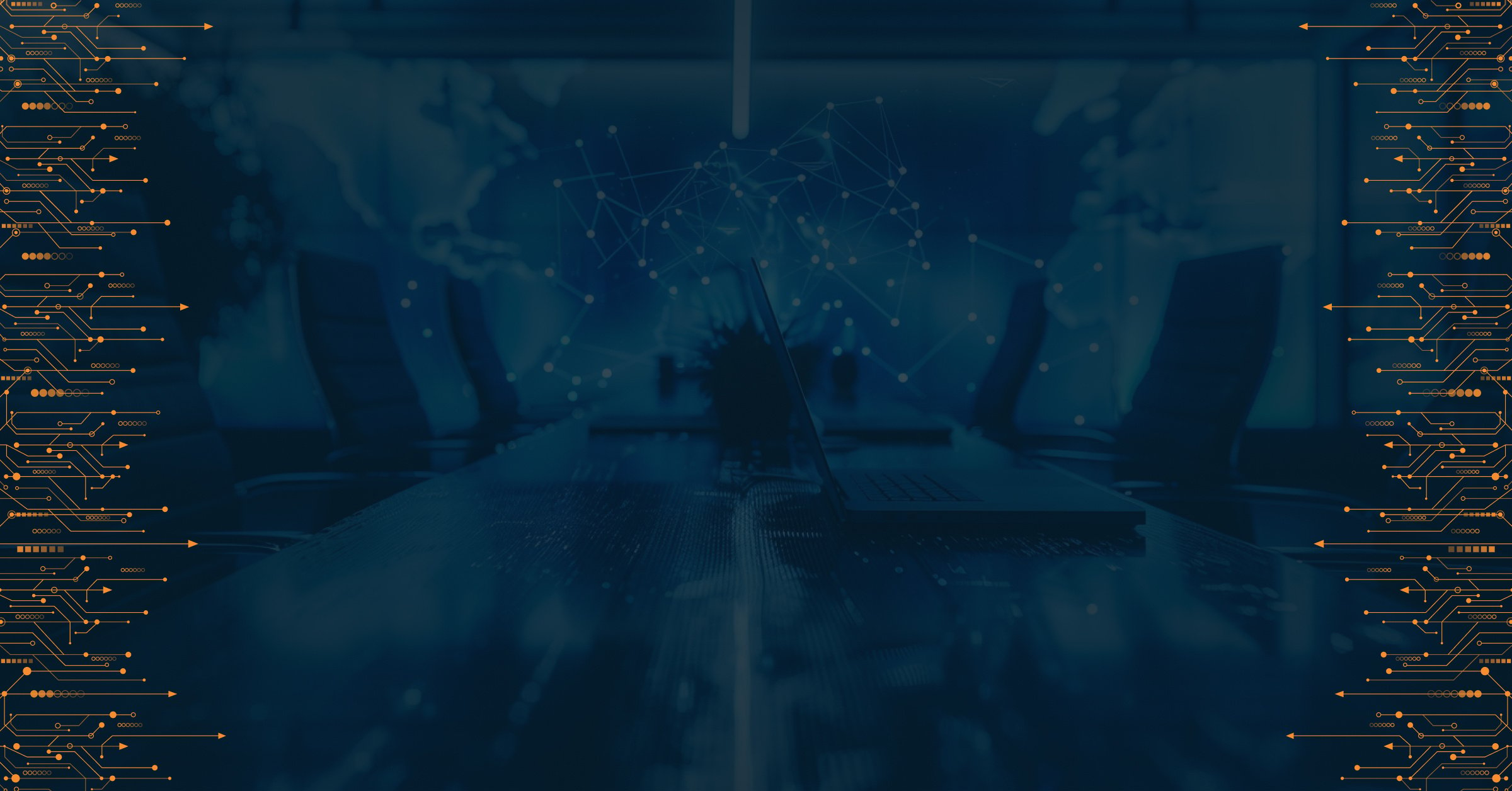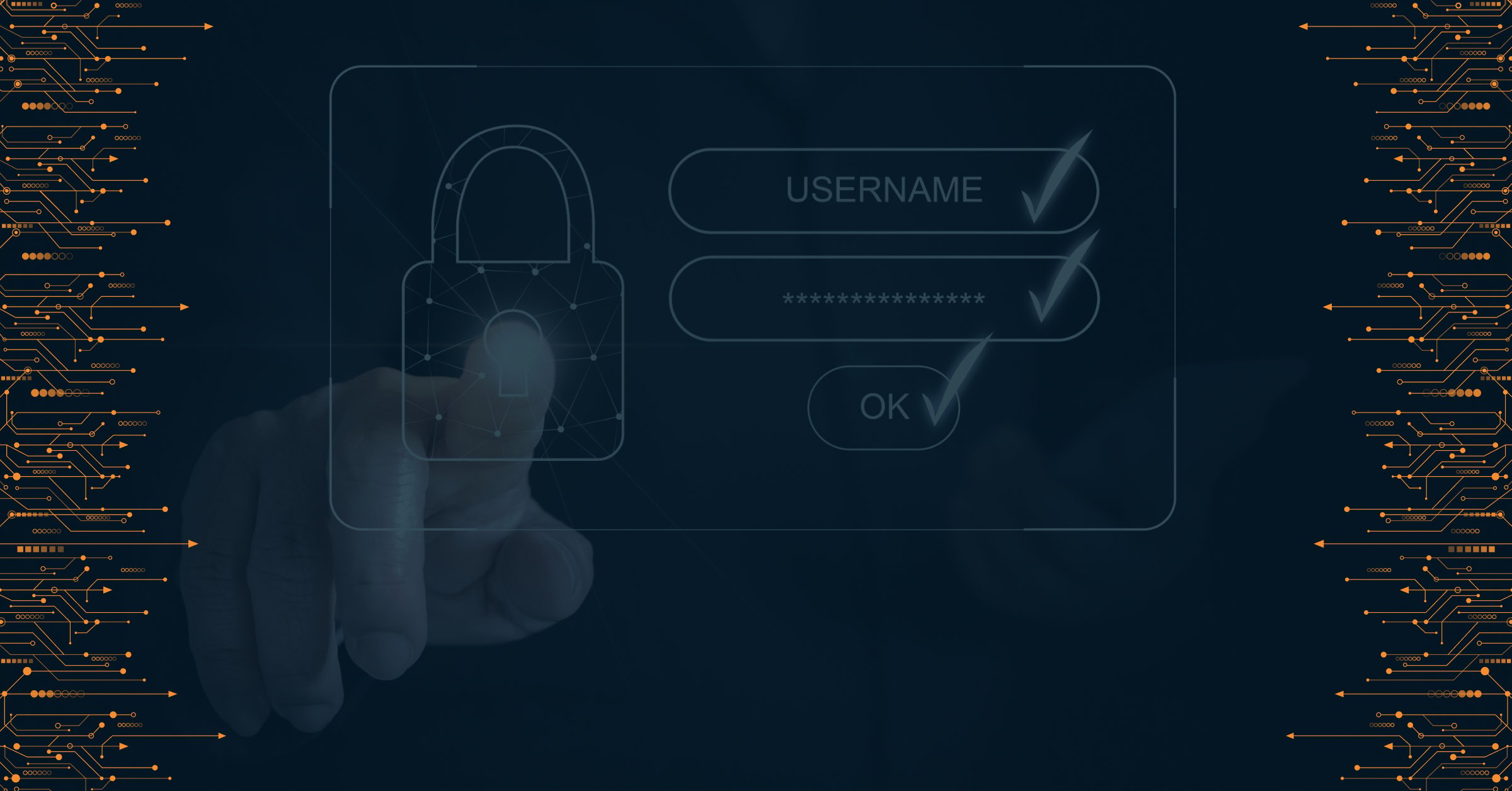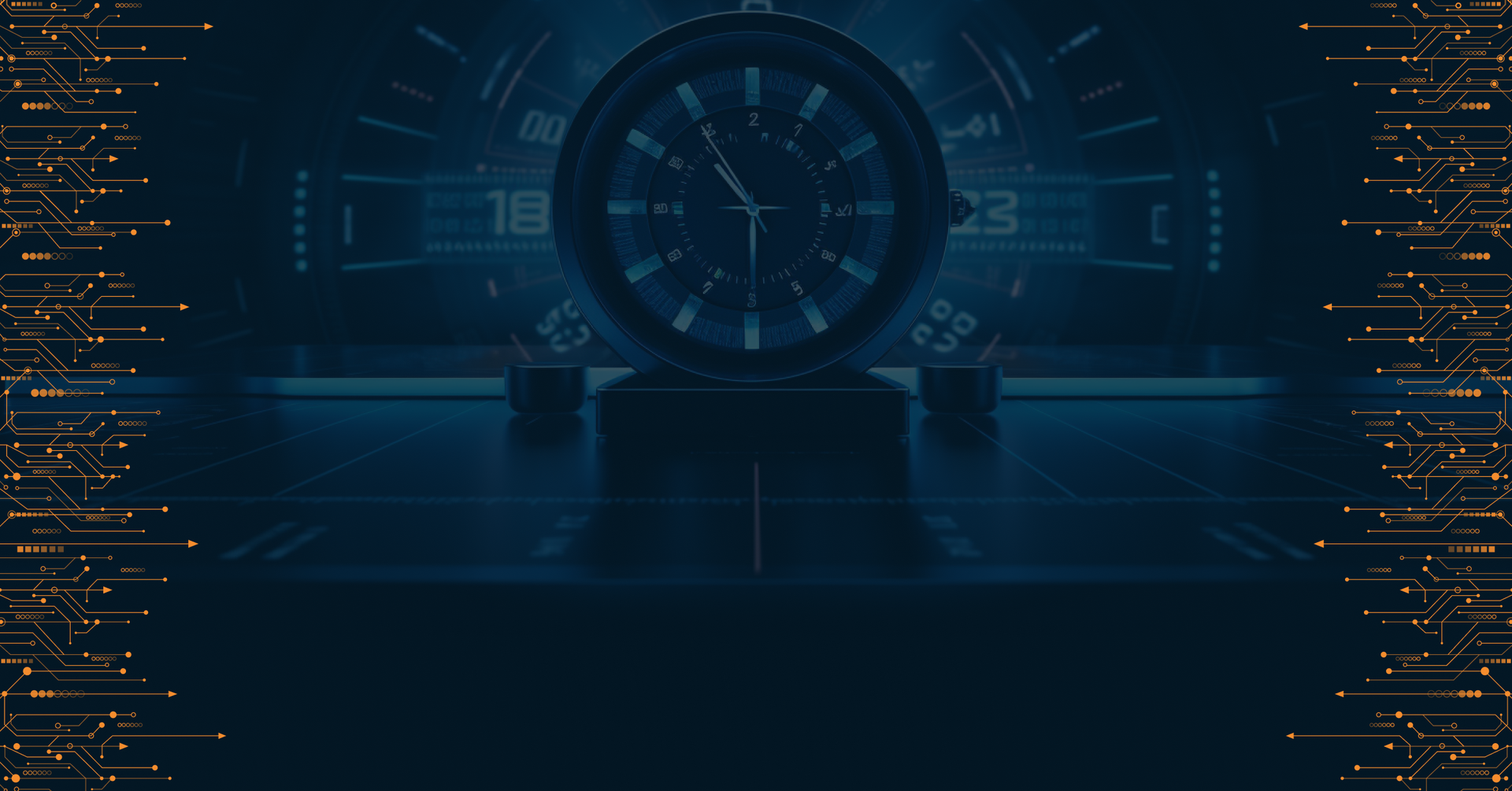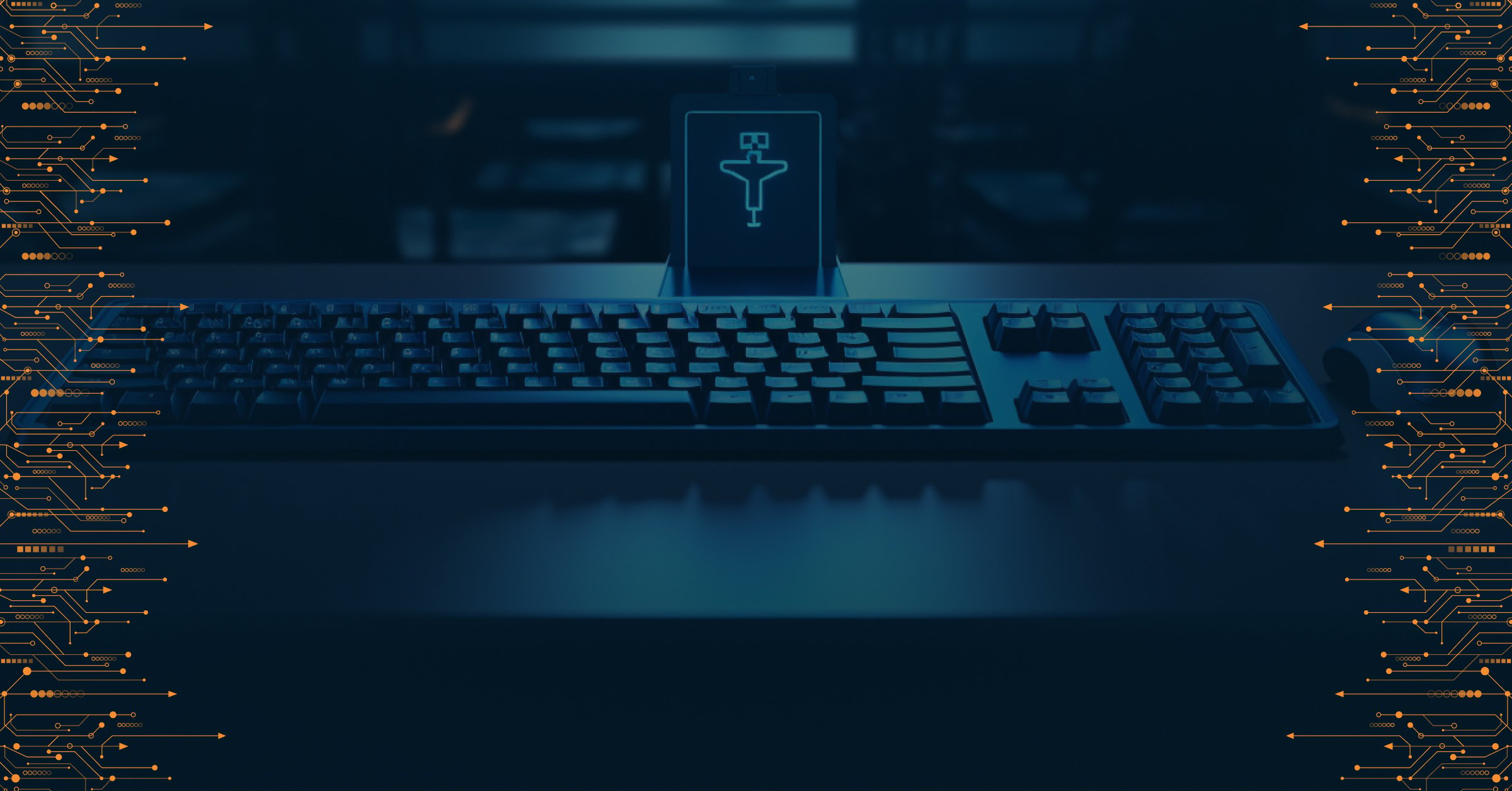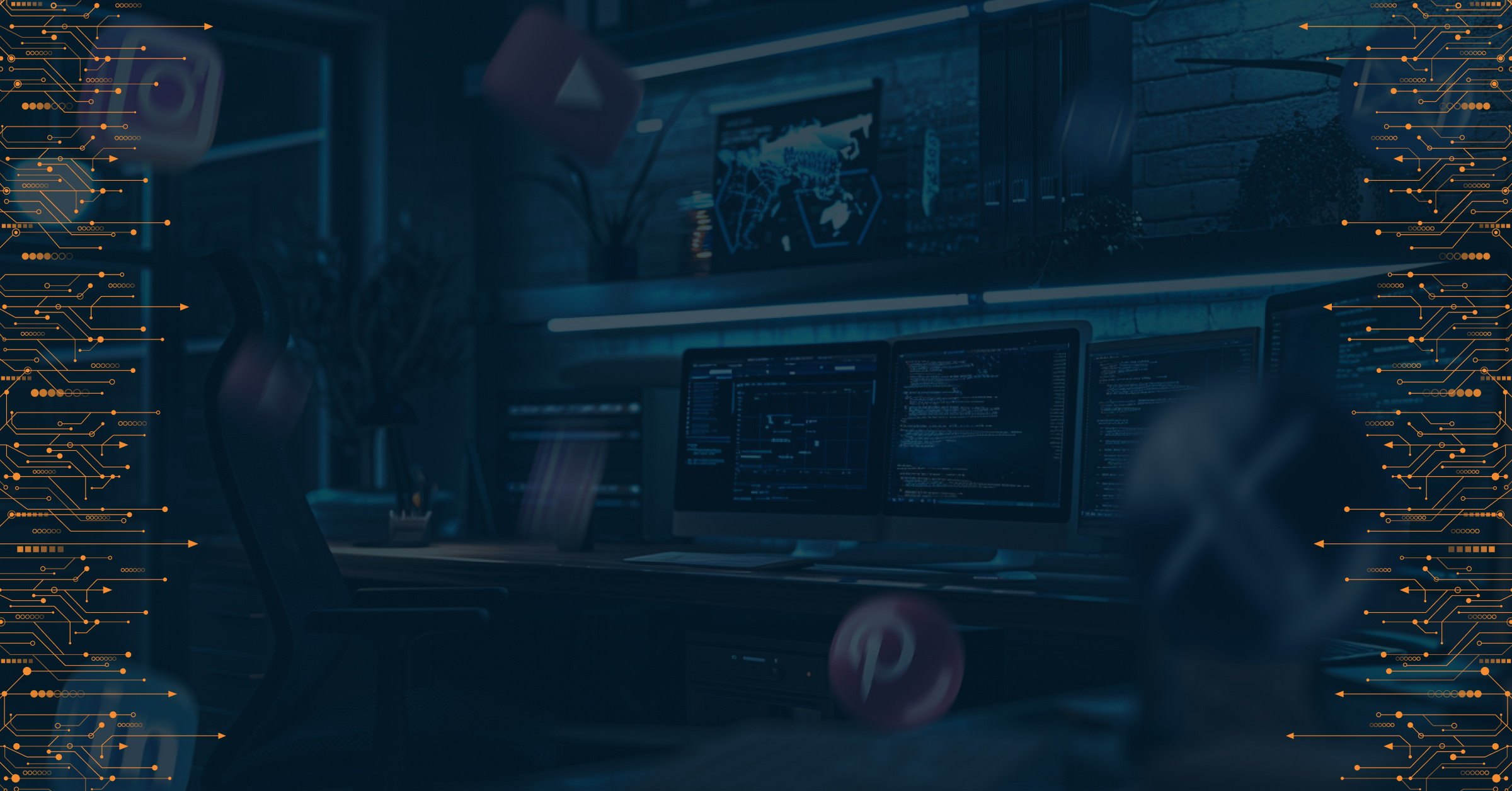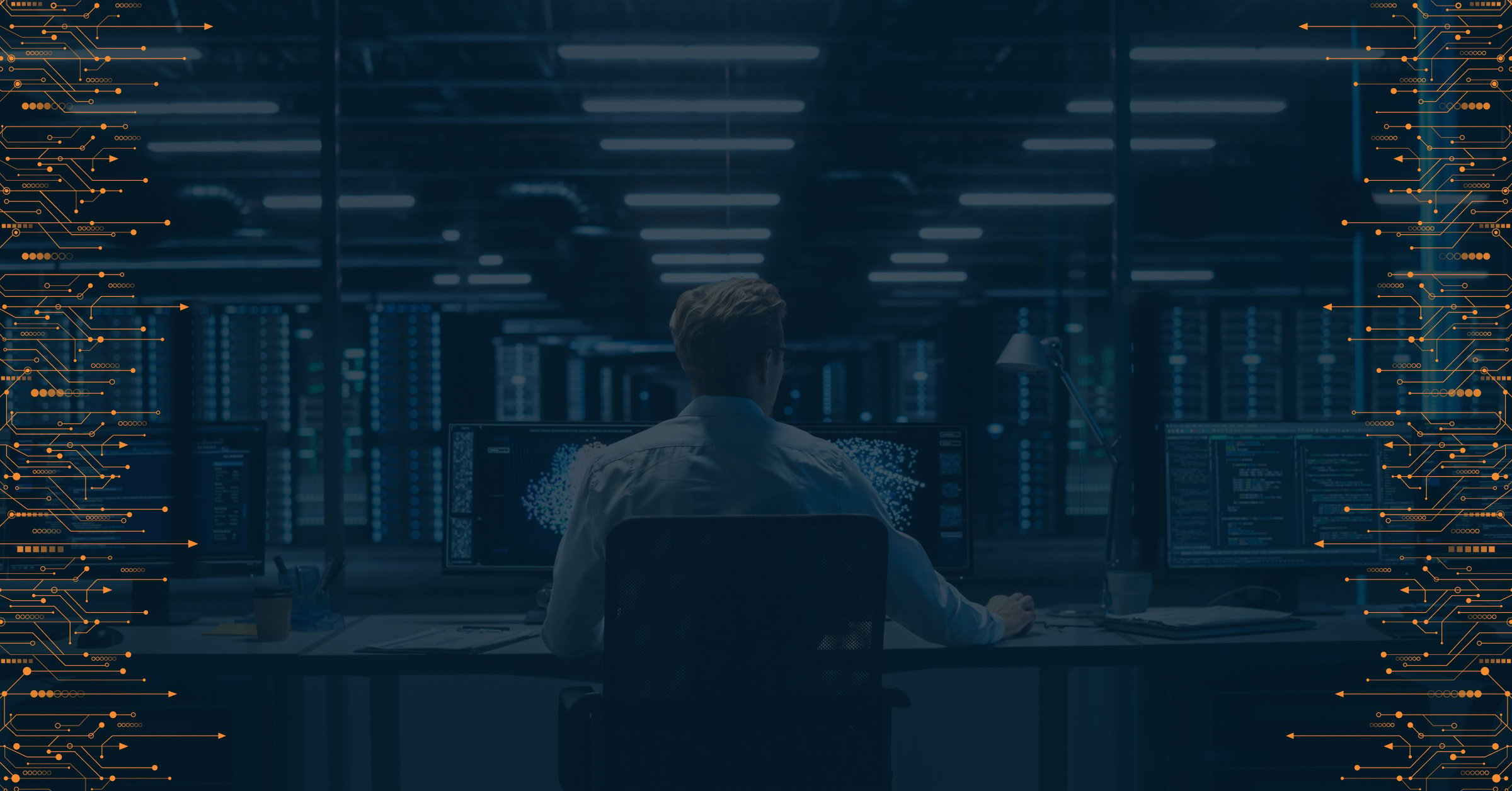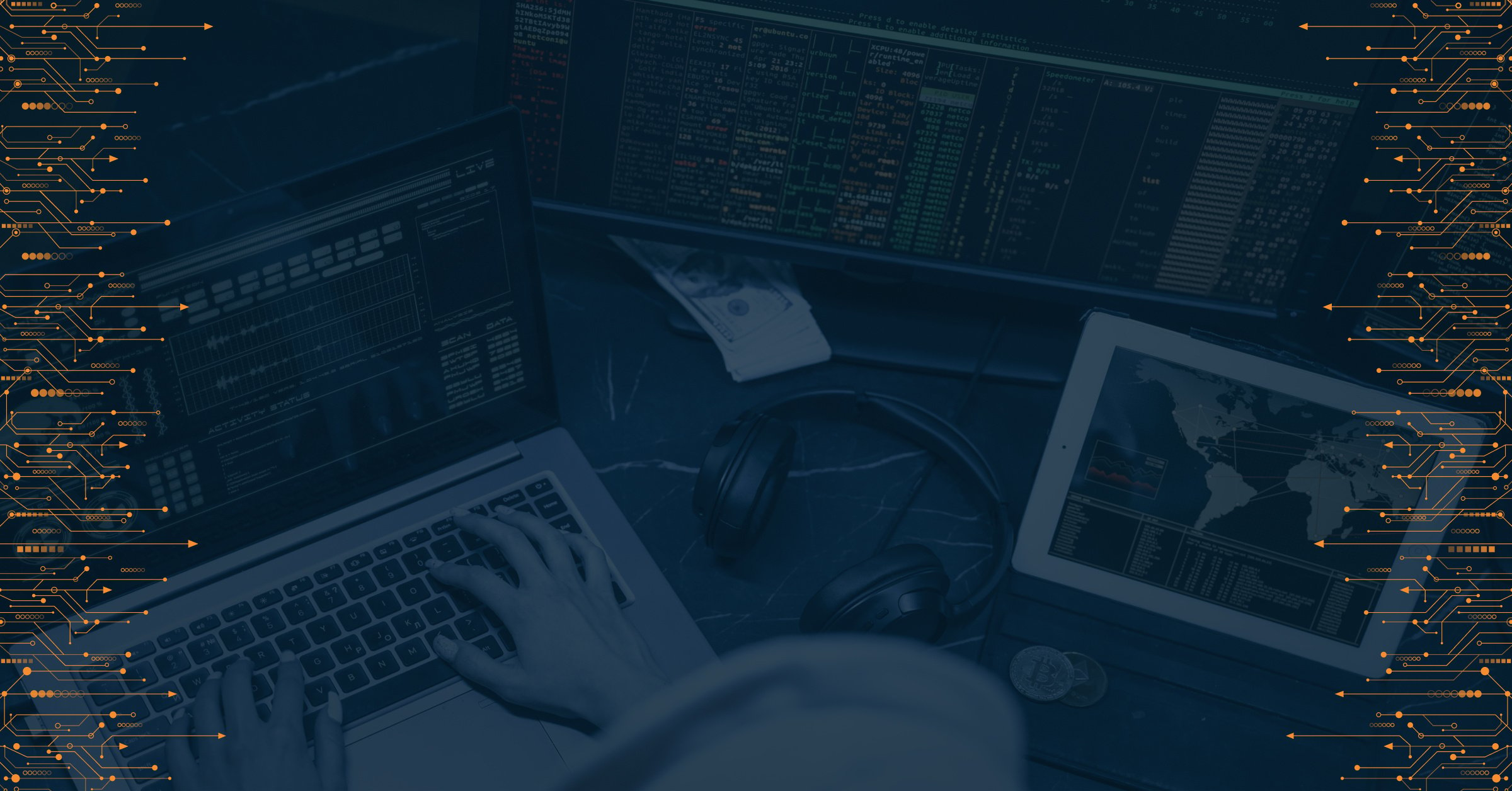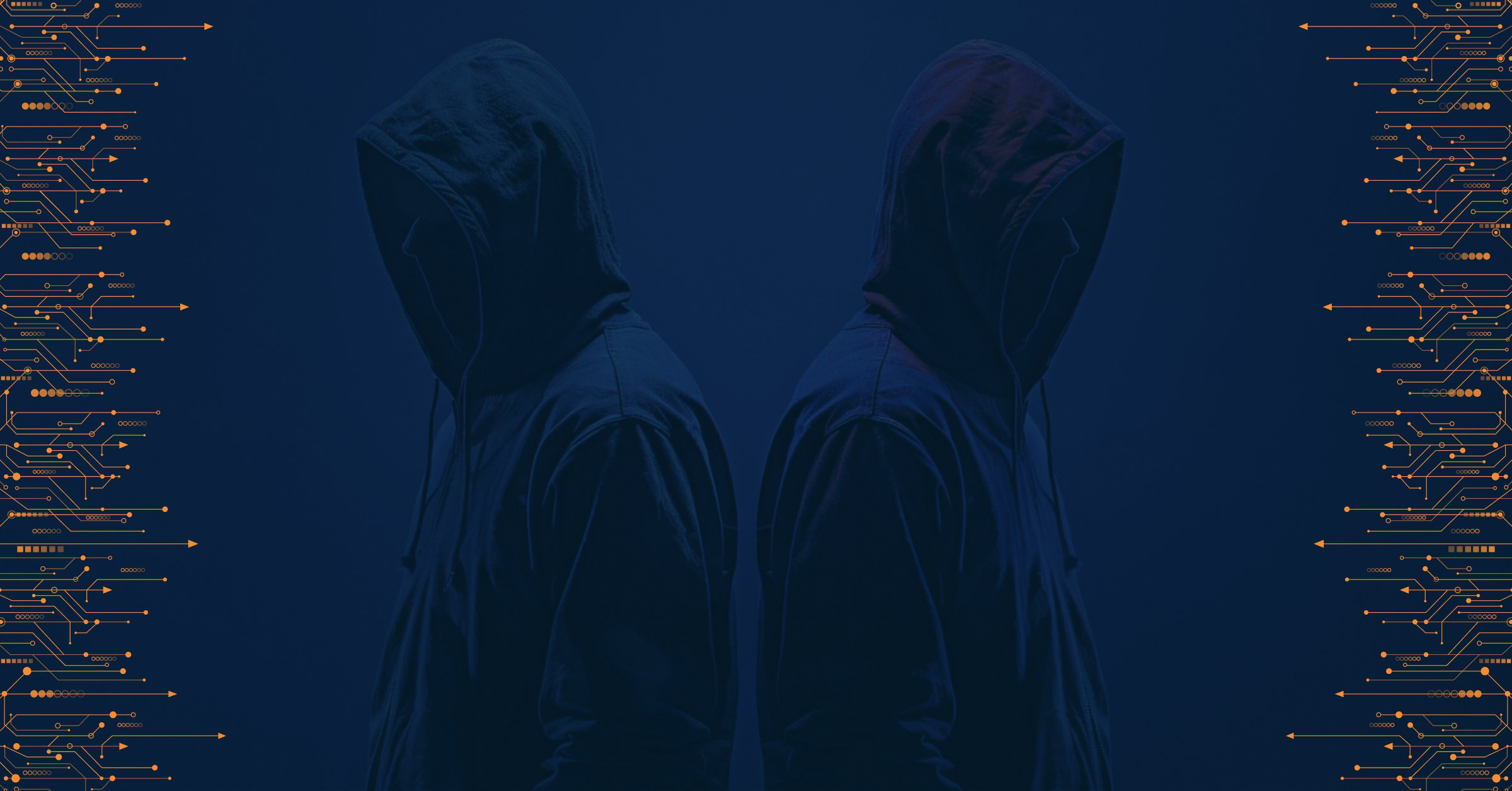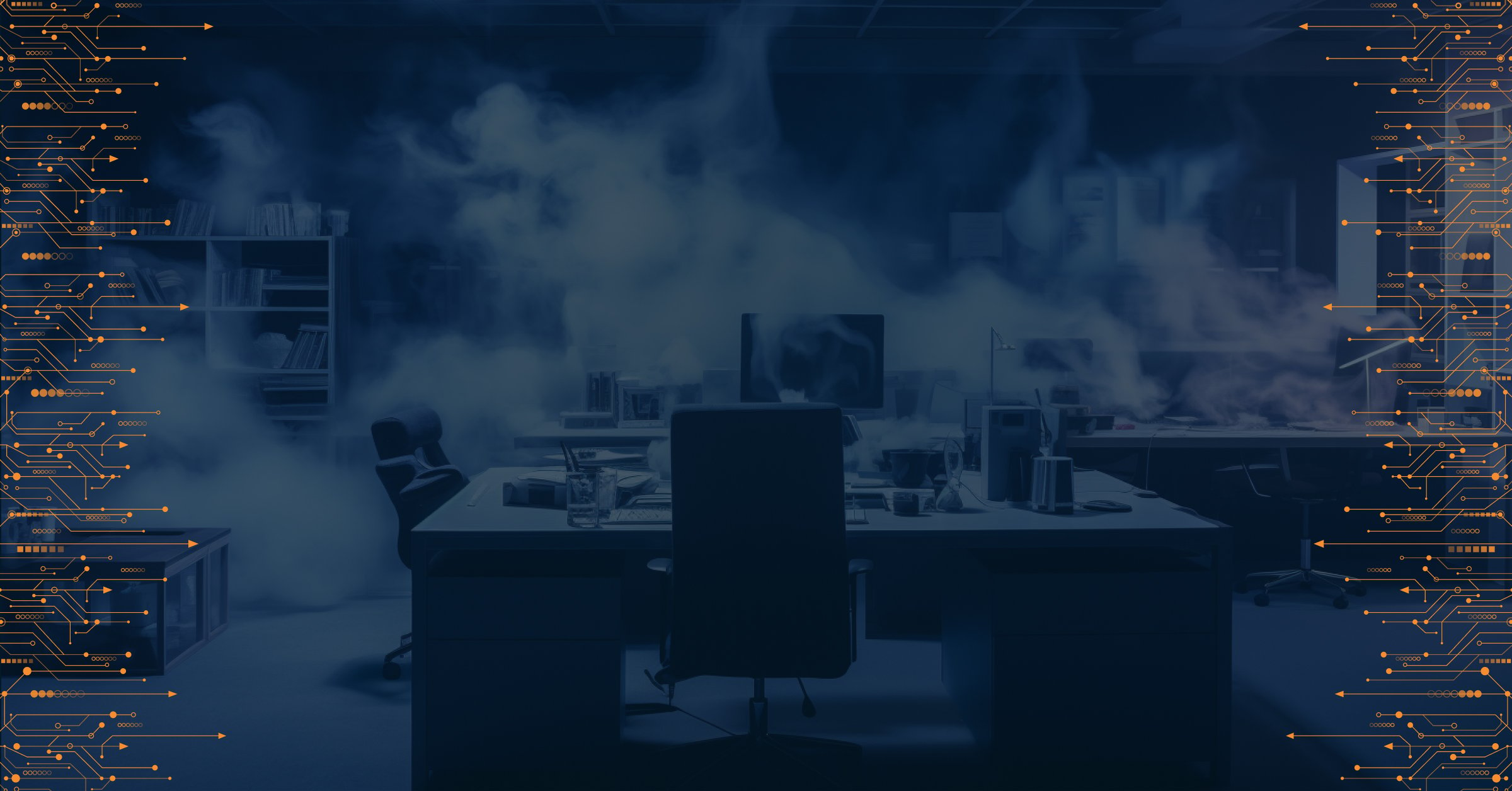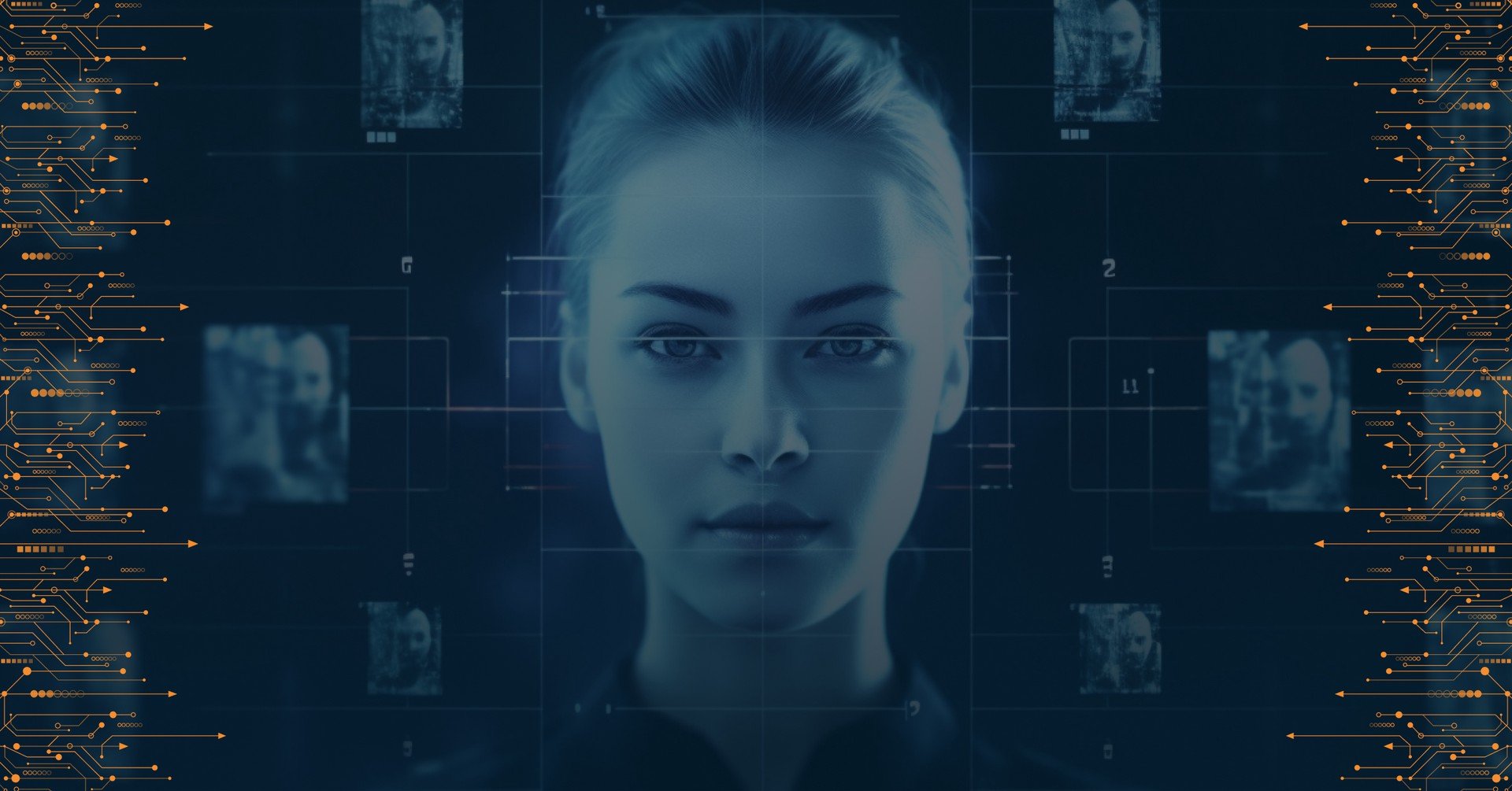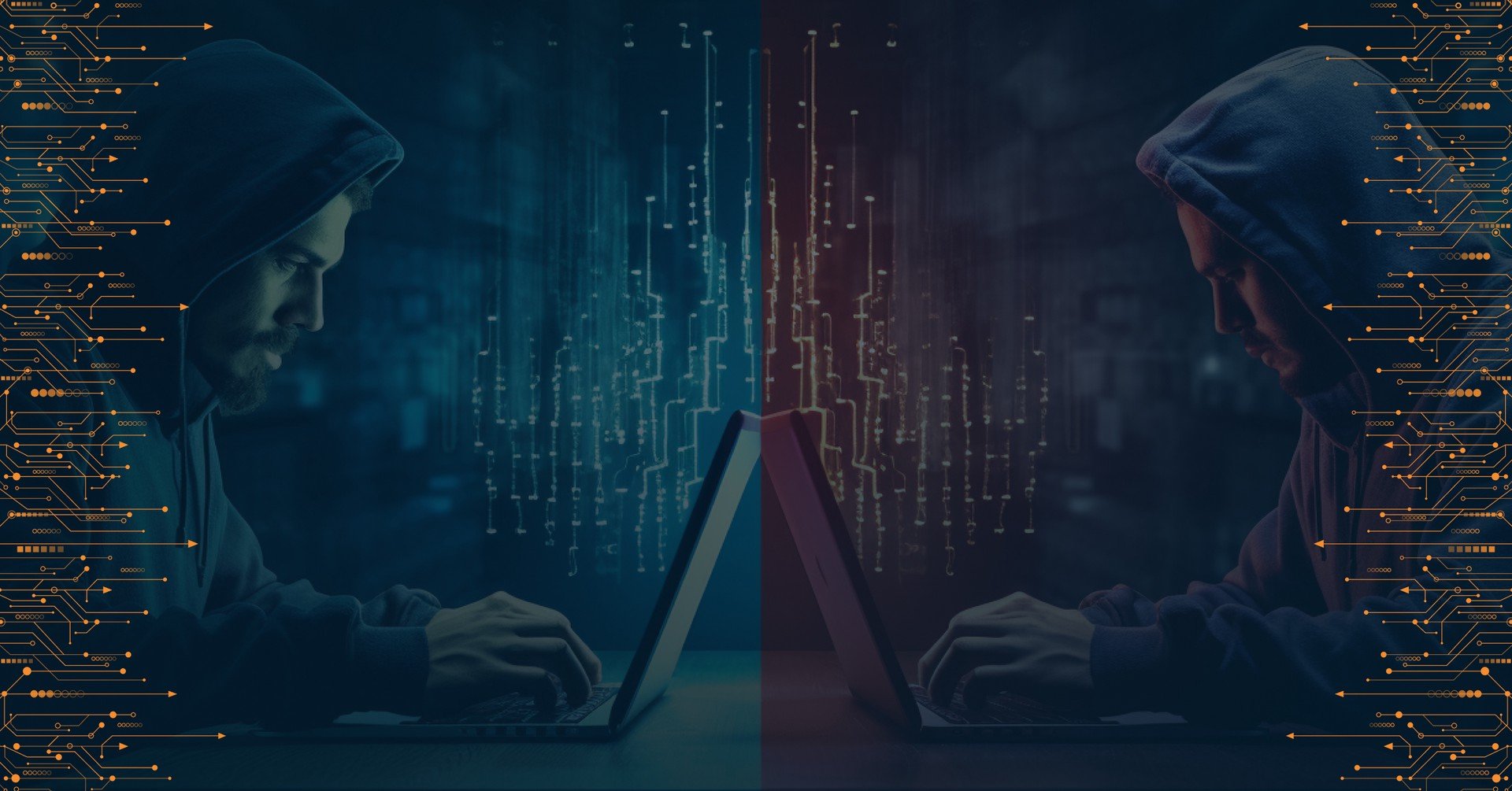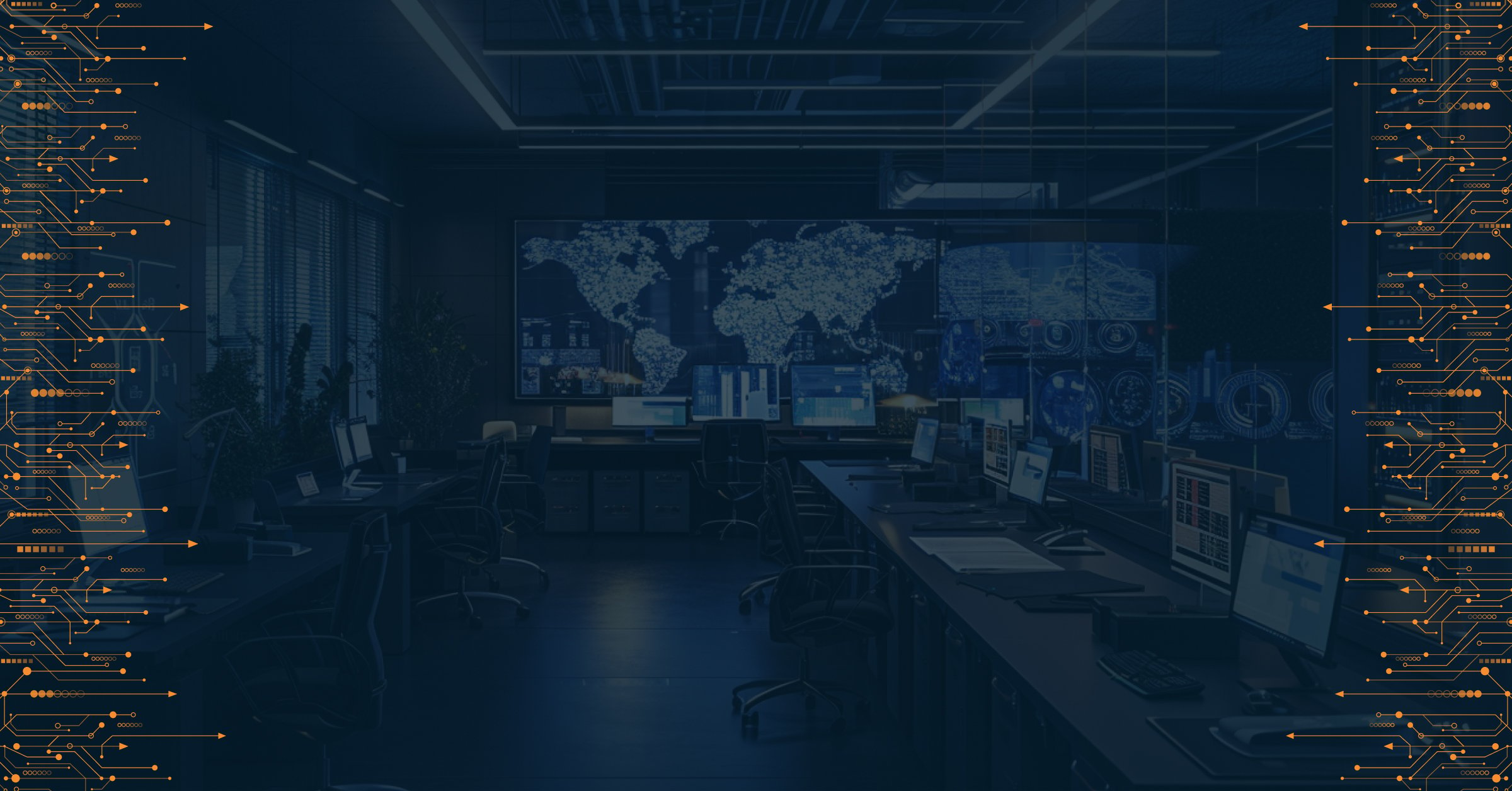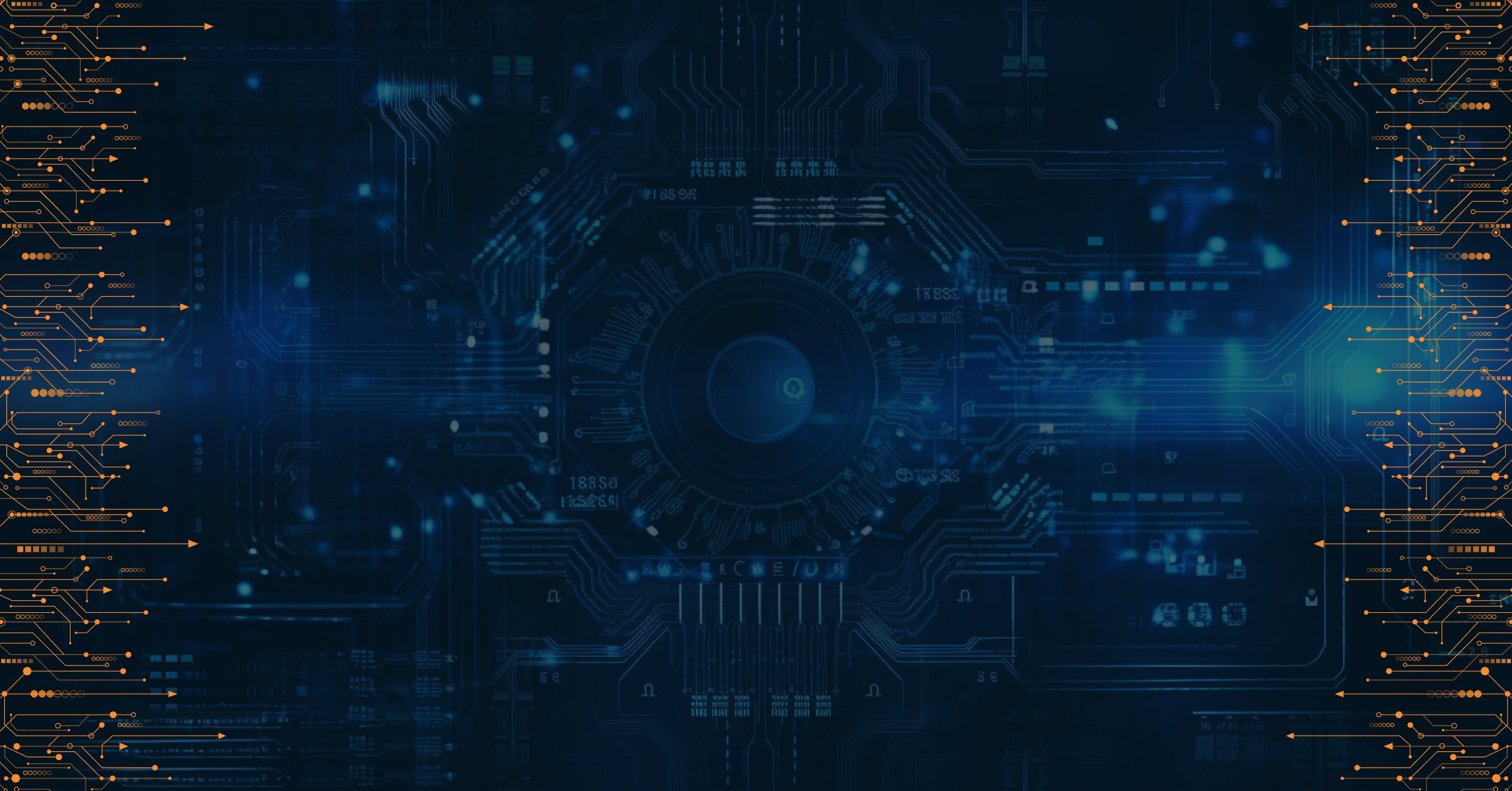Internet content means cyberspace, which has three tiers of web. The first one – the surface web is the form of web content that is reachable and approachable through search engines such as Google, Bing, AOL, and Yahoo. Web crawlers or spiders facilitate search engines' indexing by scanning web pages. Web crawlers interpret the keywords of web pages and utilize metadata to add web content to big index databases.
The second one – the deep web includes content that cannot be accessed through usual search engines. 90% of websites are stored in the deep web, which is generally not vicious. You cannot access the deep web content by raising search queries because it is not on the surface. You can find its content only by putting the exact URLs in the web browser bar.
The third tier of web crawling in cyberspace is the darknet. However, only 2% of web content is hidden in the darknet. Contraband and illegal web content are the central areas of the dark web. Criminal and illicit activities related to products and services can utilize the dark net's web content.
In this blog article, we will have a look at the critical differences between the deep and dark web and what entities utilize those two tiers of the internet:
Distinctive Features of Deep Web and Dark Web
People often use these two concepts interchangeably. However, that’s not the correct approach and several vital differences can clarify the misconception about deep and dark web and their respective contents.
Deep Web Vs. Dark Web
Is there any difference between dark and deep web content? Yes, absolutely. Deep web or unindexed web is not offensive. It's like an iceberg beneath the sea level. You cannot get this hidden information quickly and it takes work to reach the active number of pages at one point. The dark web is like the shadow internet: it includes underground web content and contains secret and illegal web content. You can relate it to a black labyrinth. It is a subsurface form of the web.
Why is invisible web content often called the dark web? The dark web or concealed web does not include indexed web content. The dark web content does not access traditional web crawlers and browsers. Dark web content includes virtual web trafficking via random networks. The users of this subsurface web can include entities such as law enforcement agencies, and high-profile authorities, but also (like it or not), hackers, cybercriminals or other malicious actors. The dark web contains cyber threats and questionable databases. Usually, the web content on the dark web leaks concealed or confidential information that may pose serious harm to several people.
Deep Web Content and its Browsers
How can the deep web be harmless and legal? The deep web generally poses hidden content or contains confidential information about financial accounts, email messaging, and unsolicited social media content. Deep Web Content includes restricted medical documents.
However, the deep web contains secure and legitimate web content. It is a collection of several databases and they can be public or private, and they are not explored via search engines. It includes internal networks in the form of intranets.
Deep Web Users
How does deep web data benefit the users? Government officials, private organizations, or individuals use the deep web to communicate privately or wish to remain anonymous. On the other hand, users of the deep web have access to untapped local restrictions or TV or social media content that is not available on the surface web. Pirated music or banned movies are a few examples of deep web content. Deep webs can be accessed through usual browsers. They permit radio information, pirated sites, or any unconventional activities.
Dark Web Browsers and Software
What is Tor Onion routing? How can it create hazards? The above discussion clearly shows that there are several ways to reach the dark web. Onion routing is the formal way to get a registry to explore dark web content. It halts cyber spying through the Tor search engine. Tor browsers randomly search the encrypted web, whilst anonymity is the key feature of exploring the invisible web. Another grey web browser is the Invisible Internet Project: I2P. It serves the same purpose as the Tor browser.
The next question that users ask is," What kind of illicit activities take place on the Dark Web? Nearly 60% of Onion services through Tor or I2P contain illegal content and users with malicious intentions are widely present. Some dark web software that can be found on the dark web includes key loggers, phishing information, and botnets. Malicious software or some of the dark web content can be monitored through government end-point security programs. Many of the reports by cybersecurity professionals confirmed dark web threats like paid assassinations, sex trafficking, cyber thefts, or weapons handling. One way or another, the dark web is certainly not a place that everyday internet users visit – and for a good reason.
Dark web Users
Why does dark web content carry anonymity? The dark web does not allow the revealing of identities. Many users want anonymity to safeguard themselves from any possible threats or legal ramifications. Users of it can include whistle-blowers, victims, or political discordant. The ways how you use invisible web content are essential and they should not cross the legal framework. Law enforcement agencies scrutinize the users if accessed invisible webs carry cyber terrorism implications or pornography instances.
Is the Dark Web a suspicious place for "scammers"? The dark web is like a grey area. It advocates activities that cannot be attempted through the public eye. If users of the invisible web commit criminal offenses like cyberbullying or web trafficking and they are caught, severe penalties or sentences can be imposed.
Conclusion
Cyberspace is divided into three layers according to its web content and users. The three tiers are the surface, deep, and dark web. Ample evidence has been discussed to illuminate these different terms.
Unlike the surface web, the deep net contains invisible information. You can access its content through specialized software. On the other hand, dark web content carries malicious information that may lead to cyberattacks and scamming. Cyber theft and bullying are prime examples of wrong usage of the dark web. It's also important to note that generally it's not illegal to browse the deep and dark web, however, you can face serious criminal charges if you decide to engage in illicit activities.
While it’s not a surprise for anyone to see the internet has many faces and can be used for purposes ranging from academic to purely malicious, end-users should be able to distinguish the web layers. If you want to know more about the most prominent APTs and threat actors in the cybercrime sphere, check out our threat intelligence reports. Understanding your adversary and staying one step ahead ensures avoiding any unwanted surprises in your systems.

PRODAFT Team
Stay up to date
Browse Posts
Browse by topics
- Cybercrime awareness (15)
- Cybersecurity for Businesses (10)
- Risk management (7)
- Cybersecurity Tips (6)
- Digital safety (6)
- Proactive Threat Intelligence (6)
- Cyber threat protection (5)
- Cyberattacks (5)
- Risk intelligence (5)
- Threat Prevention (5)
- Data Protection (4)
- Network Security (4)
- Phishing (4)
- Supply chain risks (4)
- TTPs (4)
- Artificial intelligence (3)
- Critical network infrastructures (3)
- Malicious websites (3)
- Malware (3)
- Social engineering (3)
- Data breaches (2)
- Insider Threats (2)
- NIS2 Directive (2)
- Ransomware (2)
- CISOs (1)
- Cryptocurrencies (1)
- Cyber espionage (1)
- Cyber extortion (1)
- Cyber fraud (1)
- Cybersecurity Collaboration (1)
- DDoS Attacks (1)
- Deepfakes (1)
- DoS Attacks (1)
- Fake social media (1)
- Incident Response (1)
- Internet of things (1)
- Money Laundering (1)
- Multi-factor authentication (1)
- One-day vulnerability (1)
- Remote Work (1)
- Stealers (1)
- SystemBC (1)
- The Cyber kill chain (1)
- Threat Intelligence solutions (1)
- Tor browser (1)
- Traffic Distribution System (1)
- Zero-day vulnerability (1)
- dark web (1)
- deep web (1)
- keyloggers (1)
- social media (1)
- spoofing (1)
- threat detection (1)

